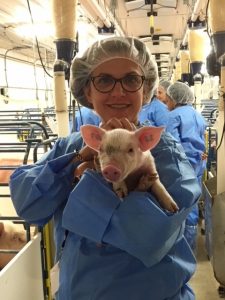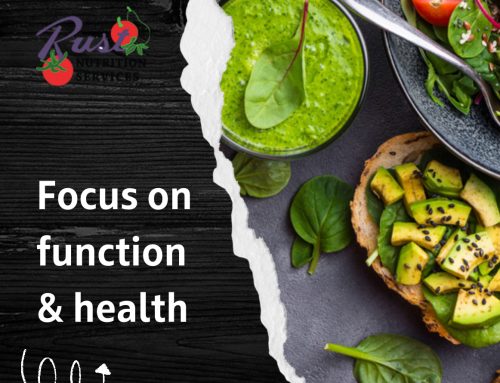I am working with the U.S. Farmers & Ranchers Alliance’s Digital Voices Council through September 2017. This post includes a link to a blog that was sponsored by the U.S. Farmers and Ranchers Alliance, but are expressions of my own.
Antibiotic resistance is the ability of a bacteria to resist the effects of an antibiotic. Bacteria become antibiotic resistant when the antibiotic kills sensitive bacteria, leaving behind antibiotic-resistant bacteria. You’ve likely heard news about this issue, whether in the context of human overuse of antibiotics or use in animals.
“It isn’t just a Midwest United States issue, it’s an international issue,” says Brad Greenway, a South Dakota pig farmer and member of the National Pork Board’s Antibiotic Task Force.
I recently discussed animal antibiotic use with Brad, who says farmers recognize the need to stay on top of this global issue. Antibiotic resistance is an issue that encompasses animal health and human health. Brad reports that antibiotics are highly monitored and only used when needed.
Your Children See the Pediatrician, Farm Animals See the Veterinarian
If you have children, you know that going to the pediatrician forcheck-ups and vaccines are important. Consumers may not realize that just as you work with your pediatrician, livestock farmers work closely with veterinarians on a regular basis. Since antibiotics can only be used when medically necessary, farmers are in weekly contact with the vets who monitor and advise farmers all of the time.
Are Antibiotic Residues Left in Our Food?
No. Vets advise farmers about withdrawal times as well as the type and dose of medicine. This withdrawal is highly monitored and assures there is no residue left in the meat we consume. There’s no trace of antibiotic is left in the animal when it goes to market.
What are Farmers Doing About Antibiotic Resistance

Me holding a healthy piglet from South Dakota University’s research barn.
The number one goal is to use antibiotics only when necessary. To meet this goal, he recommends that farmers have a strong relationship with their vet. Along with their vet, a farmer can continually evaluate animals that may be under stress when weaned or transported.
Every antibiotic, whether an injectable or oral antibiotic given in feed or water, requires a prescription from a veterinarian. Antibiotics that are medically important to human illness cannot be used to promote growth in animals either.
Farmers employ standards in the use and documentation of antibiotics:
- Communication with the veterinarian: Farmers stay in touch with their vet, who determines any need to treat the whole barn to prevent illness or else experience losses
- Document everything: Farmers document the type, dose, duration, and withdrawal periods when antibiotics are used.
- Follow withdrawal schedules.
- Improve documentation tools: Brad is concerned about proper use of antibiotics and looks for better tools that farmers can use to document and track antibiotic use. Currently, antibiotic use is documented based on sales. Farmers and vets are working on developing new tools that could better document use per animal, per pound.
Just as you want to keep your family safe and healthy, farmers want to keep their animals safe and healthy so they can get food onto your table, and their own. Responsible use of antibiotics is in everyone’s best interest.




